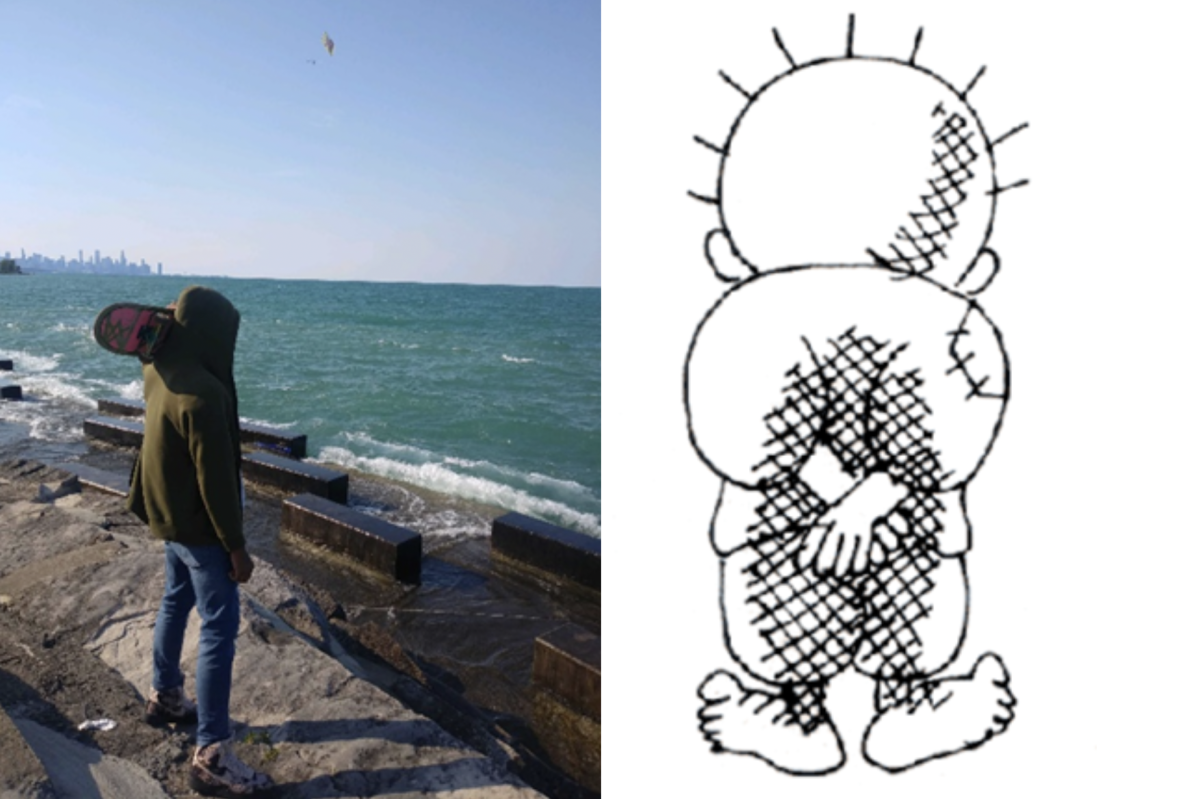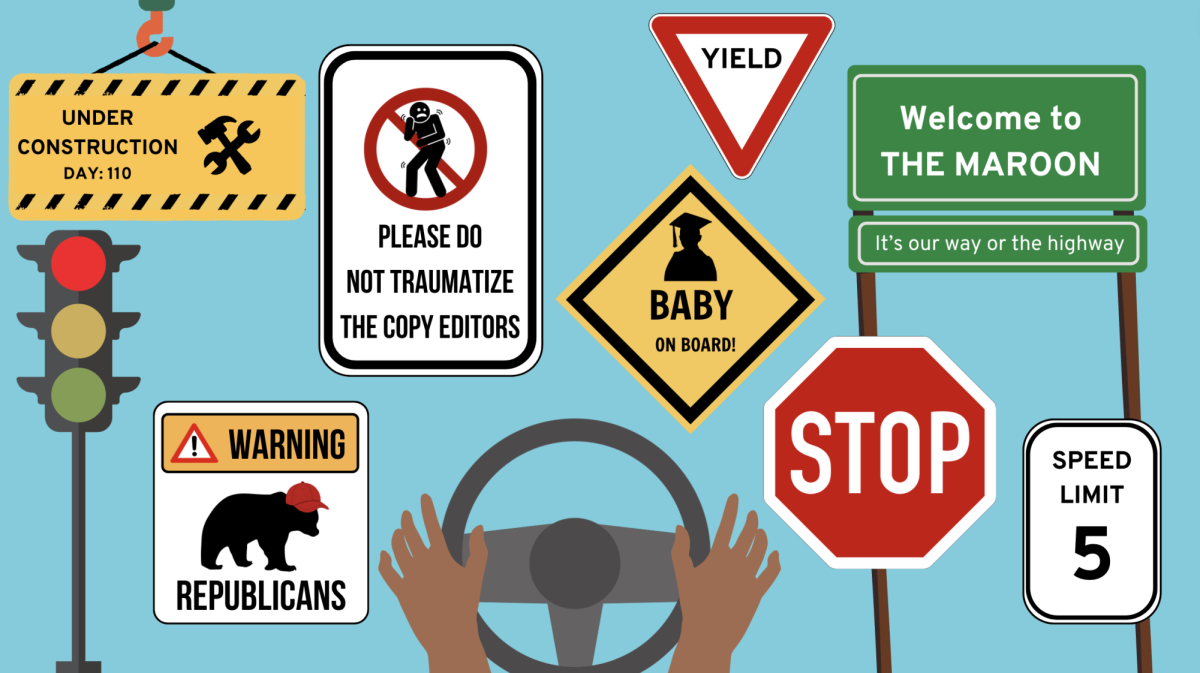Abortion Insert
I am writing to express my disgust and dismay with the insert from the Human Life Alliance that was included in the October 6 issue of the Maroon. To find this insert included in such a way was quite a shock, especially without some sort of disclaimer on the part of the newspaper. Regardless of how one feels about abortion, the information provided in the insert was blatantly wrong and downright dangerous. It was extremely irresponsible (to say the least) for the Maroon to pass along this information to its readers. There is no scientifically confirmed link between abortion and breast cancer, for example. Also, birth control pills cannot work as an abortifacient, and neither can the so-called morning after pill, or Plan B. Even more shocking is the claim in the insert that “As traumatic as rape is, abortion does not un-rape the mother.” Does the staff of the Maroon really want to promote this idea? That a pregnant victim of rape should just “suck it up” and stay pregnant, in all cases? Surely you can get your advertising money from other sources. This is beyond shameful on the part of the Maroon. It is simply disgusting, and frankly, the University should not allow this to happen.
Abigail Swingen
Ph.D. Candidate, Department of History
Tara Kadioglu replies
Dear Readers,
The last issue of the Maroon included an inserted advertisement that stated, “Stop the Madness” across the cover. This insert—which took a strongly biased pro-life stance—was altogether inappropriate, extreme, and graphic in its nature, and—had the staff been aware of its appearance—would not have been included with the delivered copies.
The Maroon receives advertisements in two ways: (1) The business manager solicits ads, and (2) advertisers approach the business manager. The advertiser in this instance, Human Life Alliance, led our business manager to believe these inserts were less graphic than they were. The nature of last issue’s insert was unforeseeable and unexpected.
Certainly no publication can be assumed to hold the political, religious, or personal views expressed in its advertisements—there is a clear separation between newspaper content and advertisements. With its non-discriminatory advertising policy, the Maroon has, in the past, accepted advertisements with immensely diverse views. Still, there is a fine line to tread when it comes to a newspaper’s role in determining its ad content. When advertisements cross boundaries of appropriateness, as did this one, they should be avoided. Such ads only detract from the paper itself, and do not serve anything more than unnecessary, divisive, and inappropriate.
Tara Kadioglu
Editor in Chief







